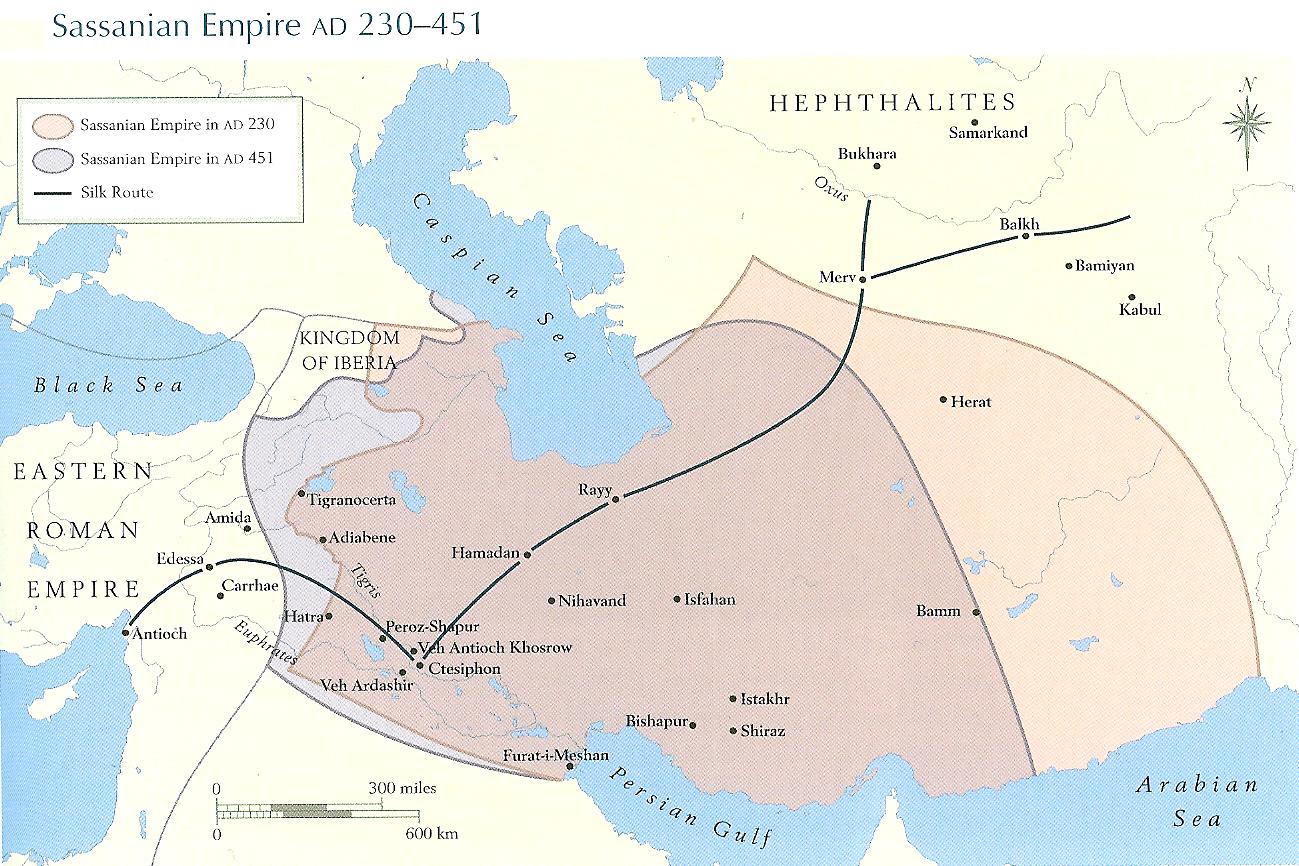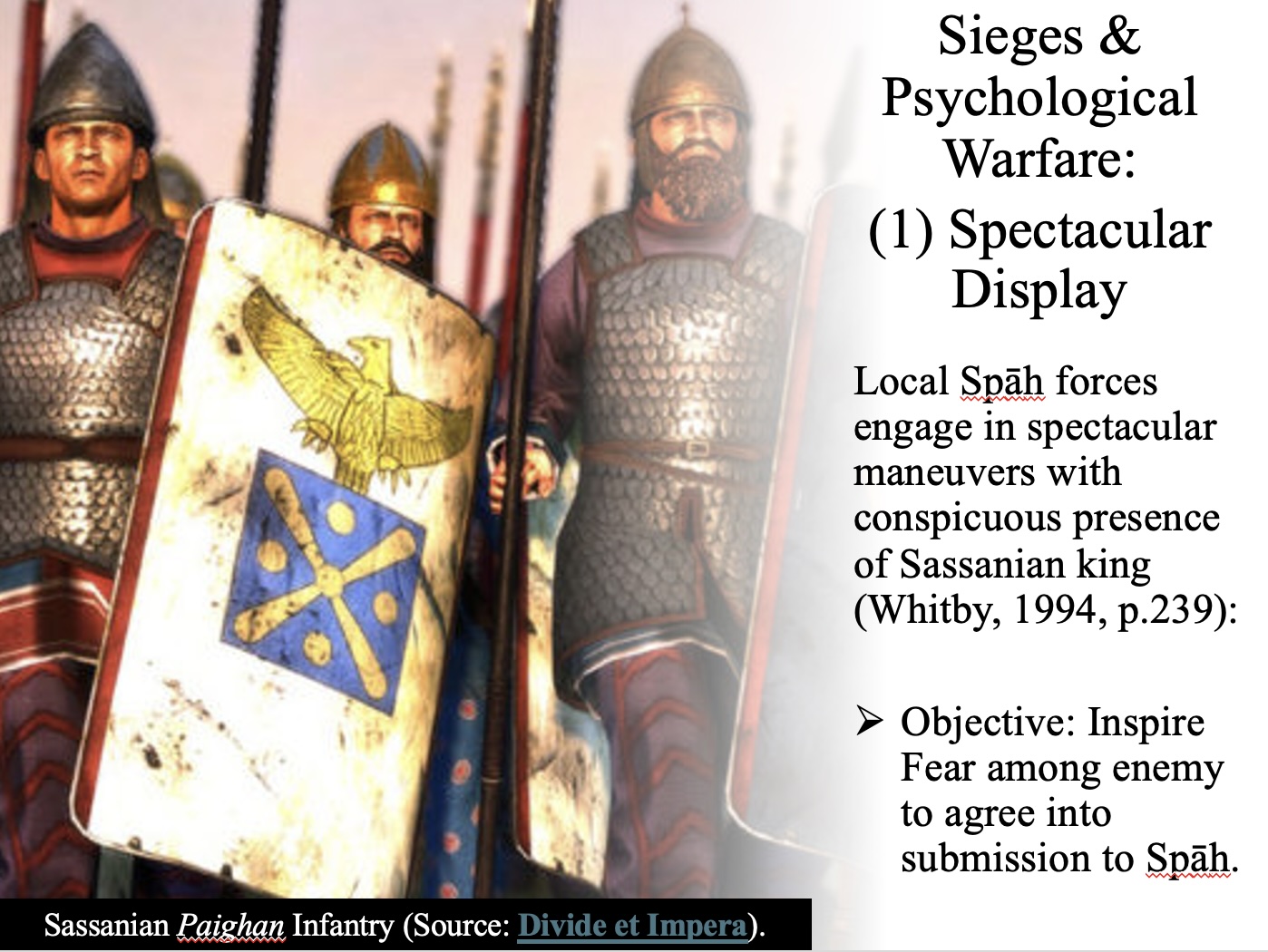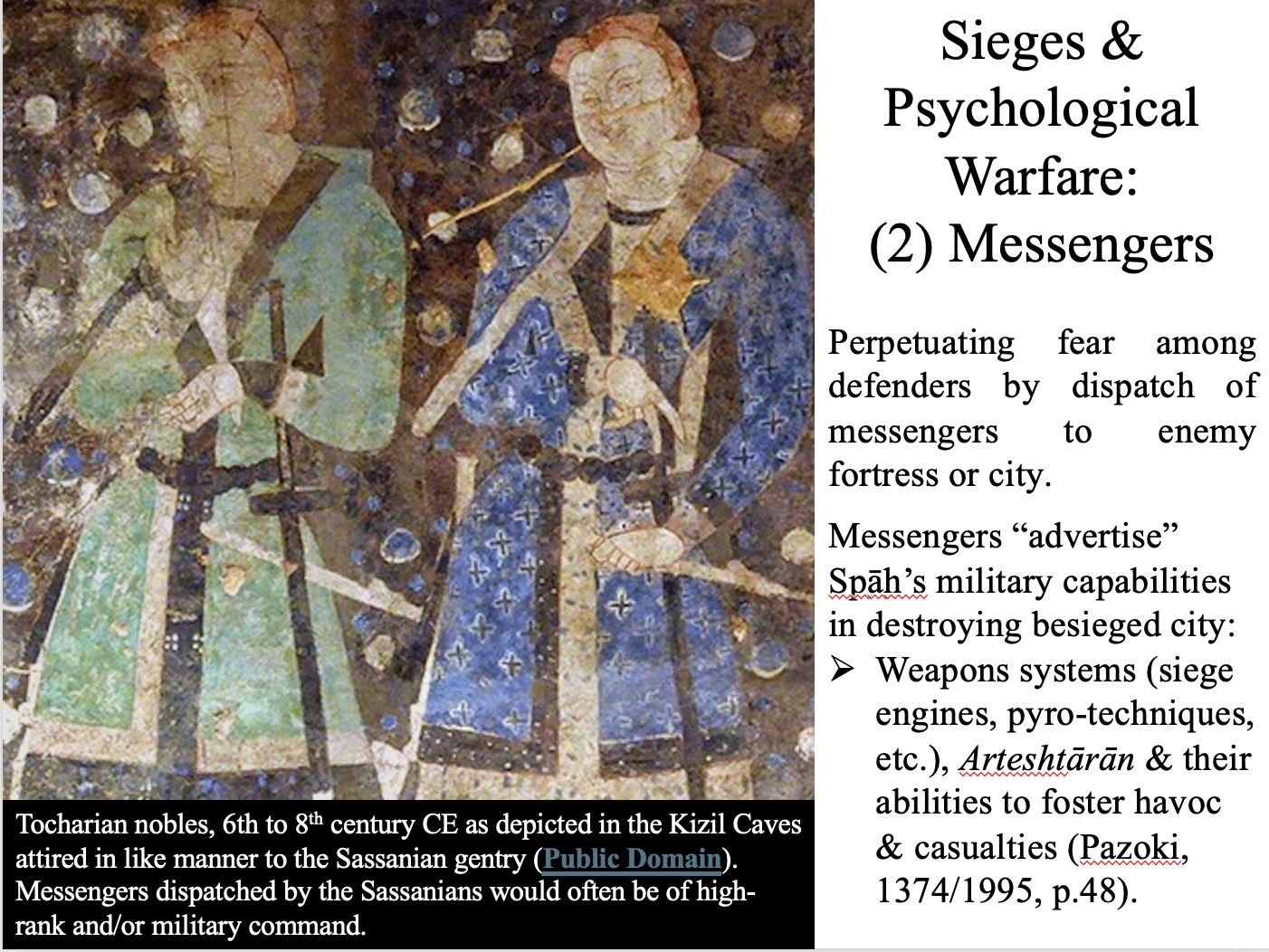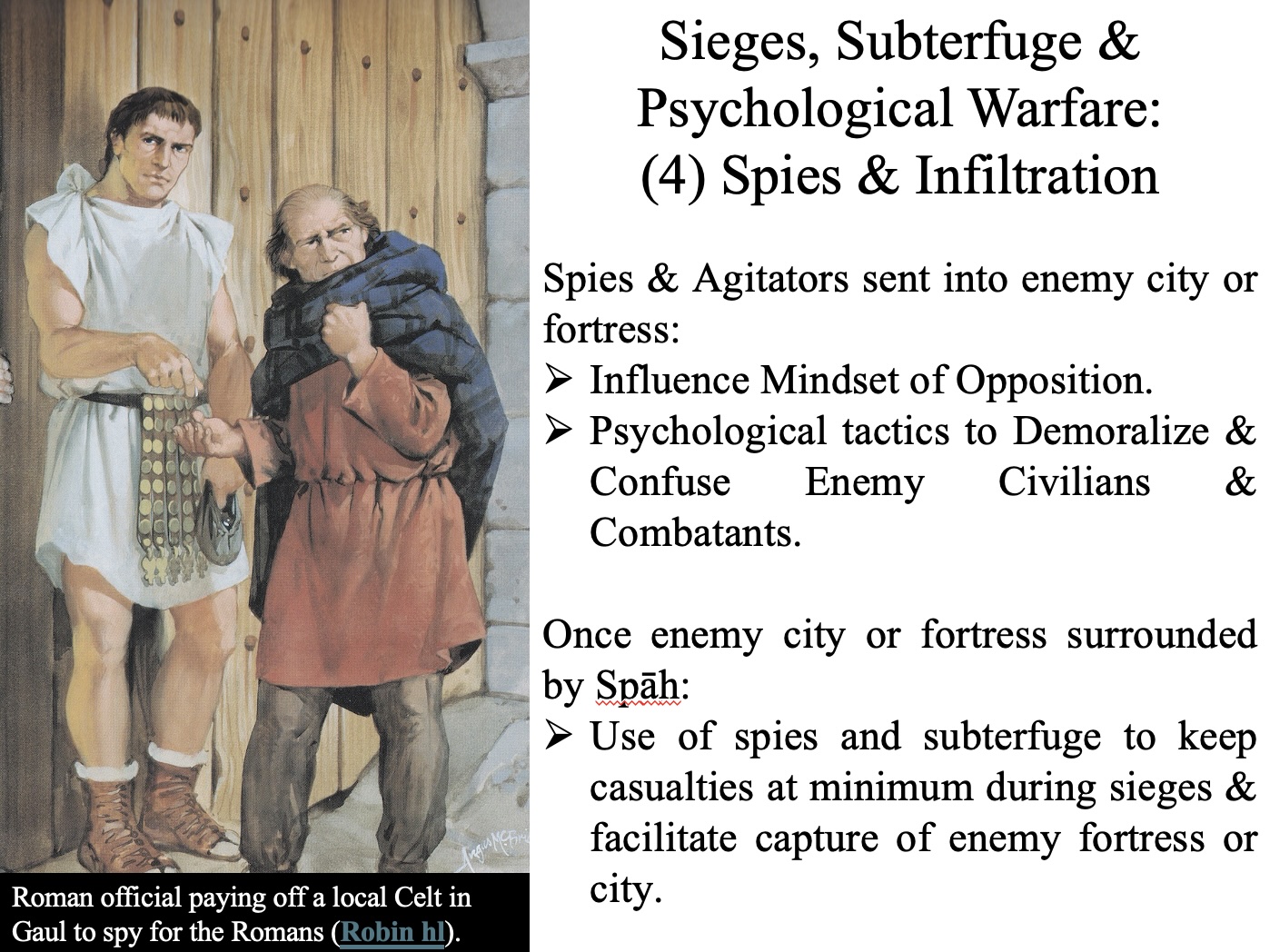The Distinguished University of Lodz in Poland has organized the “9th Scientific Conference Faces of War – Tools of War” which was held on June 6-7, 2024.

As further averred by the Compostela Group of Universities on March 21, 2023:
“The Institute of History of the University of Lodz … which has been organizing the conference since 2017, is cooperating with the Faculty of Philosophy and History, the Ministry of Education and Science, the headquarters of the State Archives and the Polish Historical Society’s branch in the city. The … topics are war damage and reconstruction, migration and demographic losses, health effects of wars, the impact of wars on culture and art, cultural and religious conflicts, changes in social structures, the impact of wars on the army and the military, archaeological study of battlefields, and burials of conflict victims.“
Kaveh Farrokh presented on the topic of: “Intimidation of the Enemy: The usage of Psychological Warfare and Subterfuge by the Sassanian Spāh (army)”. For more on the topic of Sassanian armies and military history kindly consult:
- Farrokh, K. (2023). Observation of the role of climate and Geography in the war planning of the Sasanian Spāh. Hunara: Journal of Ancient Iranian Arts and History, Vol.1, No.1, pp.61-70.
- Farrokh K. (2023). Military Reasons of Heraclius’ Successes against the Sasanian Spāh: A Re-Examination of Karantabias’ Analysis. Parseh Journal of Archaeological Studies, 7 (24), pp.167-204.
- Farrokh, K., Karamian, Gh. & Karamian, H. (2021). Military Architecture and the Four-Spāhbed System for Defense of the Sassanian Empire (224-651 CE). HISTORIA I ŚWIAT: ACTA MILITARIA IRANICA, 10, pp.117-151.
- Farrokh, K. (2021). La marea Sasánida [The Sassanian tide]. Desperta Ferro Antigua y Medieval, 66, pp.12-17.
- Dwyer, B., Farrokh, K., & Khorasani, M.M. (2021). Sassanid Armor: Background, Development and Technology. SHEDET [Fayoum University, Faculty of Archaeology], Issue No 7, pp.145-183.– See News release …
- Farrokh, K., & Khorasani, M.M. (2020). Die Sassanidische Infantrie [The Sassanian Infantry]. Pallasch: Zeitschrift für Militärgeschichte. Organ der Österreichischen Gesellschaft für Heerskunde, No. 71, February 2020, pp. 25-35.
- Farrokh, K., Sánchez-Gracia, J., & Maksymiuk, K. (2019). Caucasian Albanian warriors in the armies of pre-Islamic Iran. HISTORIA I ŚWIAT, 8, pp.21-46.
- Farrokh, K., Maksymiuk, K., & Sánchez-Gracia, J. (2018). The Siege of Amida (359 CE), Siedlce University: Publishing House of Siedlce University of Natural Sciences and Humanities.
- Farrokh, K., Khorasani, M. M., & Dwyer, B. (2018). Depictions of archery in Sassanian silver plates and their relationship to warfare, RAMA (Revista de Artes Marciales Asiáticas). Volumen 13 (2), Julio-Diciembre, pp. 82-113.
- Farrokh, K., Karamian, Gh., & Maksymiuk, K. (2018). A Synopsis of Sassanian Military Organization and Combat Units. Teheran Azad University & Siedlce University: Publishing House of Siedlce University of Natural Sciences and Humanities.
- Farrokh, K. (2017). Armies of Persia: the Sassanians. Barnsley, England: Pen & Sword Publishing.
- Farrokh, K., Karamian, Gh., Kubic, A., & Oshterinani, M.T. (2017). An Examination of Parthian and Sasanian Military Helmets. In “Crowns, hats, turbans and helmets: Headgear in Iranian history volume I” (K. Maksymiuk & Gh. Karamian, Eds.), Siedlce University & Tehran Azad University, pp.121-163.
- Farrokh, K., Karamian, Gh., Delfan, M., Astaraki, F. (2016). Preliminary reports of the late Parthian or early Sassanian relief at Panj-e Ali, the Parthian relief at Andika and examinations of late Parthian swords and daggers. HISTORIA I ŚWIAT, No.5, pp. 31-55.
- Farrokh, K. (2007). Shadows in the Desert: Ancient Persia at War-Персы: Армия великих царей-سایههای صحرا-. Oxford, England: Osprey Publishing.
- Farrokh, K. (2005). Elite Sassanian Cavalry: 226-651 AD-اسواران ساسانی-. England: Osprey Elite Series 110, Osprey Publishing.
- Maksymiuk, K. (2015). Geography of Roman-Iranian Wars: Military Operations of Rome and Sasanian Iran. Scientific Publishing House of Siedlce University of Natural Sciences and Humanities, Poland.
The presentation at Lodz University provided a comprehensive synopsis of Sassanian psychological warfare from the 3rd to 7th centuries CE.

A map of the Sassanian Empire in 230-450 CE drafted by Kaveh Farrokh on page 187 (2007) for the book Shadows in the Desert: Ancient Persia at War-Персы: Армия великих царей-سایههای صحرا-:
The Sassanian Spāh (army) utilized a number of non-combat strategies in the endeavor to capture enemy fortresses and cities subjected to sieges. The objective of such methods was towards the persuading of enemy forces to abandon military resistance and surrender to the besieging Sassanian forces.

A lecture slide of Sassanian Arteshtaran (warriors) engaged in military display before the defenders of a besieged city as presented by Kaveh Farrokh during the 9th Scientific Conference Faces of War – Tools of War” held at The University of Lodz in Poland in June 6-7, 2024.
The Sassanians utilized four “non-combat” strategies in order to facilitate their capture of the enemy city or fortress: psychological warfare (e.g., displays of intimidating maneuvers) and subterfuge by the dispatch of messengers, the activation of fifth-column elements and spies.

A lecture slide pertaining to Sassanian messengers dispatched to meet with the leaders of the besieged city or fortress as presented by Kaveh Farrokh during the 9th Scientific Conference Faces of War – Tools of War” held at The University of Lodz in Poland in June 6-7, 2024.
The primary objective of psychological warfare was to prevent (or keep at a minimum) Sassanian losses and casualties that would occur if the enemy city or fortress had to be captured by siege operations

A lecture slide pertaining to the recruitment of fifth-column elements as presented by Kaveh Farrokh during the 9th Scientific Conference Faces of War – Tools of War” held at The University of Lodz in Poland in June 6-7, 2024.
In summary, Sassanian psychological warfare capabilities appear to have achieved proficiency levels equivalent to contemporary Roman armies.




